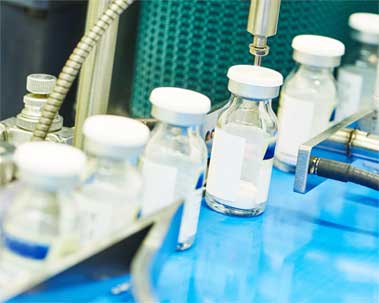Mechanical seals are made of different surface materials according to their involved application. These include carbon, ceramics, silicon carbide. Tungsten carbide and stainless steel.
The most common facial combination is carbon ceramic, which is used in applications that usually have a cleaning medium. If the medium contains various particles, a harder surface can be used, or the carbon that is relative to silicon carbide, or it may be silicon carbide that is relative to silicon carbide. It is suitable for applications where the medium may become sticky, such as fruit juice, in that case, tungsten carbide surface can be used. For sanitary seals, the end face is usually carbon to stainless steel. However, there are other food quality grades for materials. Choosing the most suitable end face combination will prolong the life of mechanical seal.
Although the sealing surface is usually not affected, the elastic secondary seal must be made of materials that are not affected by the medium, pump or any cleaning solution that may be used. The O-ring or rubber of the auxiliary seal needs to be made of any material that is resistant to pumping. The rubber part of the mechanical seal should not be eroded by the used medium. Choosing the right elastomer will help extend the life of the mechanical seal. Choosing the right sealing surface, the right spring length and the right elastic secondary seal can prevent premature seal failure.
Mechanical seals are used in many fields, from agriculture to pharmacy to manufacturing. Mechanical seals are also available in a variety of sizes. But id you want to know which one will meet your needs, you must understand how mechanical seals work. Once you are familiar with the basics, you can better meet your needs. Our staffs can help you choose the best seal for your application and we are happy to answer any questions you have about the seals and how they work.
 English
English français
français Deutsch
Deutsch Español
Español italiano
italiano русский
русский português
português العربية
العربية ไทย
ไทย čeština
čeština Polska
Polska


